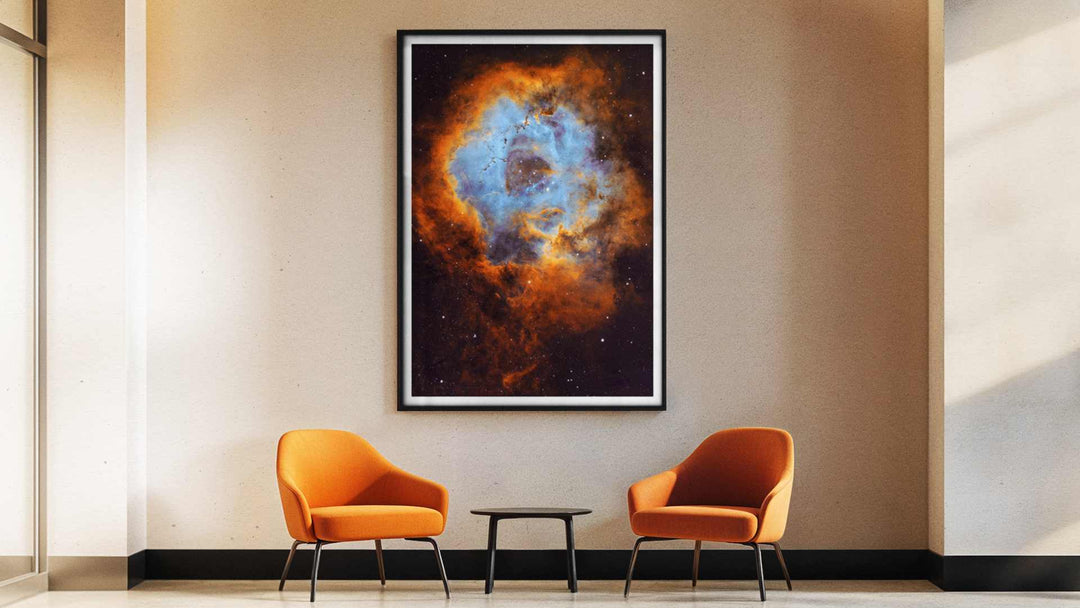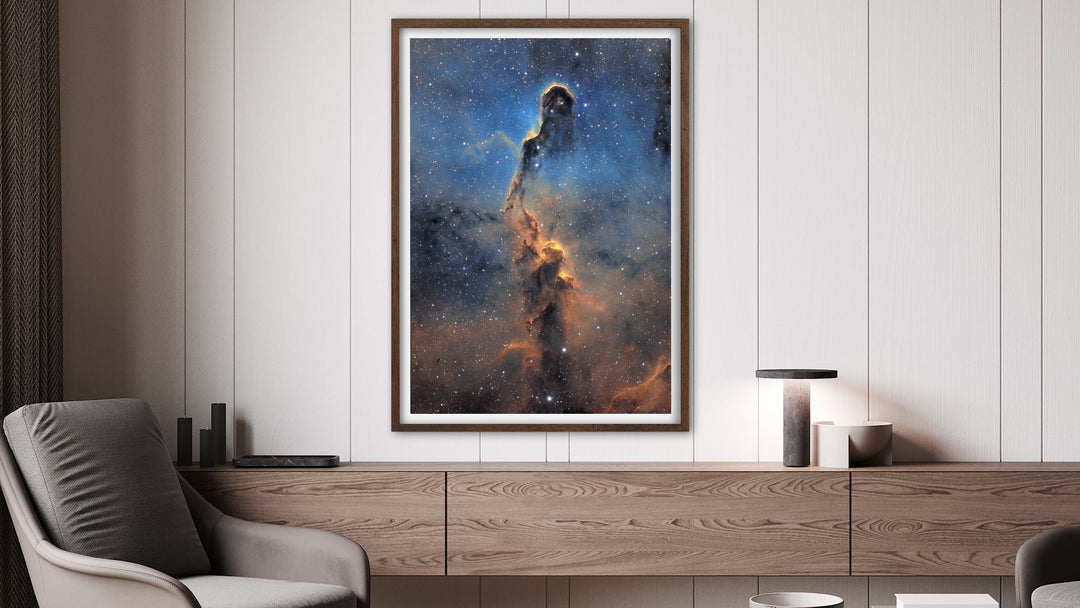Paweł Radomski: Flower of the Milky Way Rift (Sh2-101 Tulip) - Discover the Beauty Hidden in Plain Sight
Everyone photographs the famous targets. The bright nebulae. The showstoppers. But hidden beside one of the galaxy's most violent objects—Cygnus X-1, a black hole feeding on stellar material—sits a cosmic flower that almost nobody captures.
Paweł Radomski decided to change that. To show not just the well-known Tulip outline, but the delicate ribbons of ionized gas that surround it, the dark nebula that splits the glowing regions, the structures hidden beyond the famous silhouette. To ask: why is one of Cygnus's greatest treasures among its least photographed targets?
This is Sh2-101 revealed in full: a 70-light-year cosmic flower rendered across 22 hours of narrowband imaging. This is the Tulip Nebula as it deserves to be seen.

The Anatomy of a Stellar Furnace
Sh2-101 is an H II region—an enormous bubble of ionized hydrogen gas heated and energized by nearby massive stars. These aren't normal stars. They're members of the Cygnus OB3 association, young, hot O-type and B-type stars whose ultraviolet radiation is so intense it tears electrons from hydrogen atoms across light-years of space.
The primary ionizing source is HD 227018, a massive stellar furnace whose radiation pressure sculpts the surrounding gas into the tulip-like structure visible in this image. But the sculpting doesn't stop there. The nebula isn't alone—it's embedded within a larger molecular cloud complex crossed by dark dust lanes that carve the gas into separate regions, creating the visual compartmentalization that makes the Tulip distinctive.
The result is a region of extraordinary complexity: bright filaments of hydrogen-alpha emission (glowing hydrogen), oxygen-III regions creating deep blue auroras, and sulfur-II areas adding red depth. When rendered in the HST-style Hubble Palette—mapping these three emission lines to red, green, and blue channels respectively—the result is the sophisticated false-color aesthetic that has become iconic in modern astrophotography.
Located 6,000 light-years away in Cygnus, Sh2-101 spans approximately 70 light-years across—yet despite its size and brightness, it remains relatively underexposed in astrophotography circles.
Radomski's decision to focus on the delicate ribbons and hidden structures rather than just the famous tulip outline offers viewers something rarely seen: the complete story of this stellar furnace.
Why It's Overlooked (And Why That's a Mistake)
Sh2-101's problem is simple: it shares the sky with Cygnus X-1, a black hole so famous and scientifically significant that it dominates attention in this region.
Cygnus X-1 is the first stellar-mass black hole widely accepted by the scientific community, one of the strongest X-ray sources in our galaxy, a binary system where a massive star feeds material to an invisible compact object. When a black hole is nearby, a nebula—however beautiful—becomes easy to overlook.
But that's precisely Radomski's point. This cosmic flower deserves attention. The delicate light ribbons demand observation. The dark nebula creating the splits deserve understanding. The structures beyond the famous tulip outline reveal a far more complex stellar region than the simple silhouette suggests.
The idea behind this photo was to show not only the well-known Tulip Nebula but also the delicate, light ribbons of ionized elements that few people show, mainly because of its famous and well-liked neighbor. These filaments are covered by a dark nebula, which seems to split the glowing gas into several parts. A sharp eye can find very interesting structures beyond the Tulip itself. Among all the treasures in the constellation Cygnus, I believe this one is the least photographed—unfairly so, because this cosmic flower deserves much more attention. - Paweł Radomski
Technical details:
- Scope: TS Newton 8" f/5 Carbon
- Mount: Sky Watcher AZ-EQ6
- Camera: ZWO ASI 2600MM-Camera
- Filters: Antlia Ha 3nm / OIII 3nm / SII 3nm / RGB
- Processing: PixInsight
Exposure Times:
- Ha: 60x300sec
- OIII: 100x300sec
- SII: 100x300sec
- RGB: 10x60sec each channel
- TOTAL: 22h 10'
Choose Your Quality Level
At Astrography, we believe the universe is the ultimate artist. Our mission is to comb through the vast resources of the cosmos to find and curate only the best, most compelling images—pieces that possess profound artistic value, scientific wonder, and the unique stories they tell.
Paweł Radomski's "Flower of the Milky Way Rift" is the perfect embodiment of this philosophy. It's not just a picture of the famous Tulip Nebula; it’s a revelation of the delicate, overlooked beauty surrounding it.
Fine Art Print – Museum-Grade Legacy
Our Fine Art option delivers the full complexity of Radomski's cosmic flower with archival excellence. Museum-grade materials and premium inks capture the delicate hydrogen-alpha ribbons, the deep oxygen-III blues, and the sulfur-II reds that make Sh2-101 extraordinary. Rated for over 200 years of lifespan—a piece worthy of the 22-hour dedication behind it. For collectors who appreciate that the greatest treasures are often overlooked.
Poster – Accessible Beauty
Experience this underrated masterpiece at a budget-friendly price. Our poster version delivers the same stunning Tulip with vibrant narrowband colors and sharp detail. Perfect for any space celebrating the cosmos's hidden gems. Overlooked doesn't mean unremarkable.
Why This Masterpiece Belongs in Your Collection
This print is more than a photograph; it's a testament to an artist's desire to look deeper.
-
A Unique Artistic Vision: Paweł Radomski's goal was not to capture the Tulip in isolation. He spent over 22 hours of exposure time to reveal the "delicate, light ribbons of ionized elements" that most photographers ignore. He invites you to see the hidden structure, split by dark nebulae, that others miss.
-
The "Unfairly" Overlooked Flower: In Paweł's own words, this cosmic flower "deserves much more attention." By hanging this print, you are celebrating an artist's commitment to revealing the under-appreciated, complex beauty of the cosmos.
-
A Flower on the Edge of an Abyss: This stunning nebula, glowing with the energy of massive stars, is located near Cygnus X-1—the first stellar-mass black hole ever widely accepted by scientists. It’s a portrait of creation thriving next to one of the universe's most powerful phenomena
This Print is for:
-
Art Collectors who value a unique artistic perspective over the obvious shot.
-
Space and Science Lovers who appreciate the deep, complex structures of the Milky Way.
-
Interior Designers seeking a sophisticated, vibrant piece with a great story.
-
Gift Seekers looking for a profound, beautiful, and original present.
See Beyond the Obvious. Own the Full Story.
Don't just decorate—curate your space with a story of hidden beauty and artistic dedication. Add this unique vision of the Tulip Nebula to your collection.


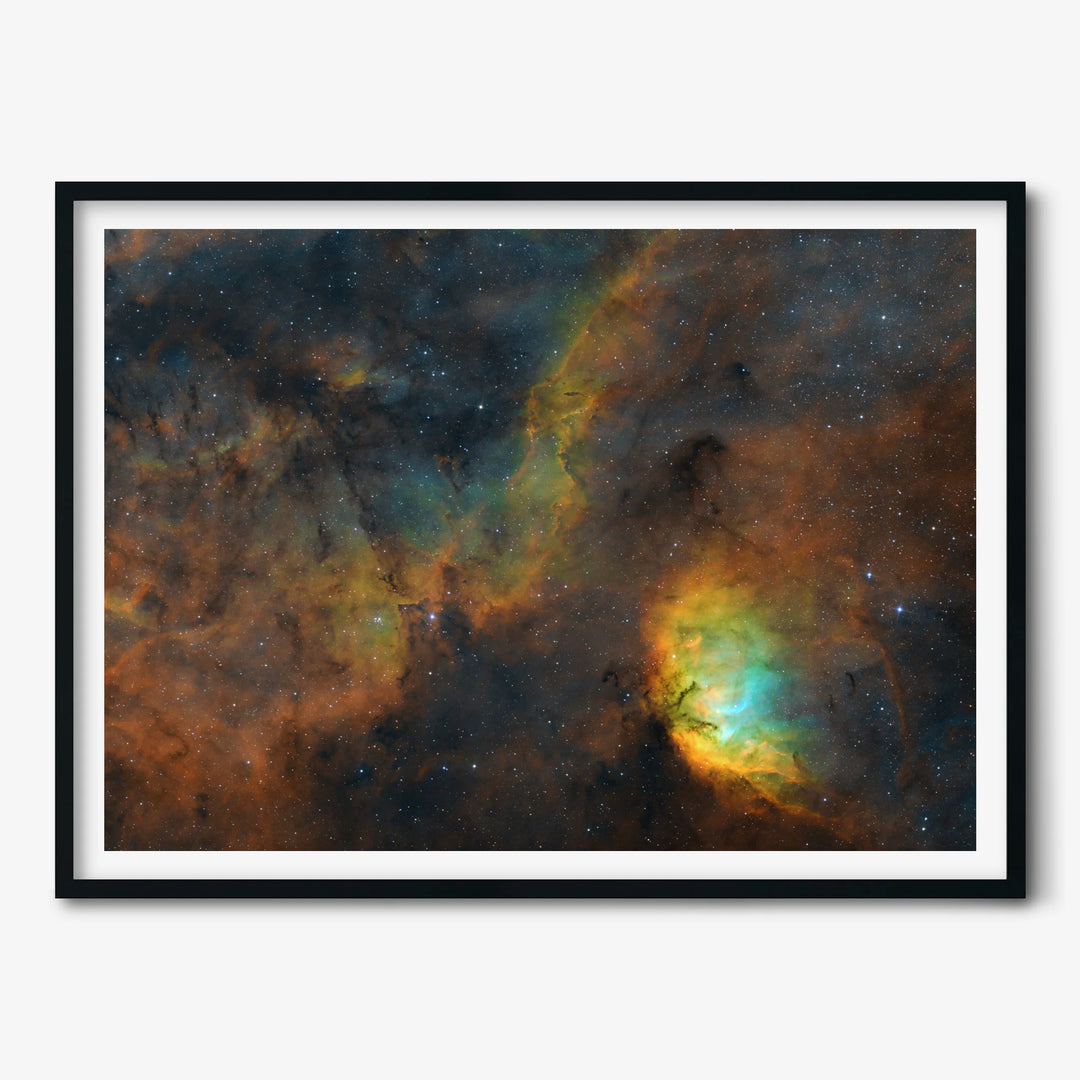

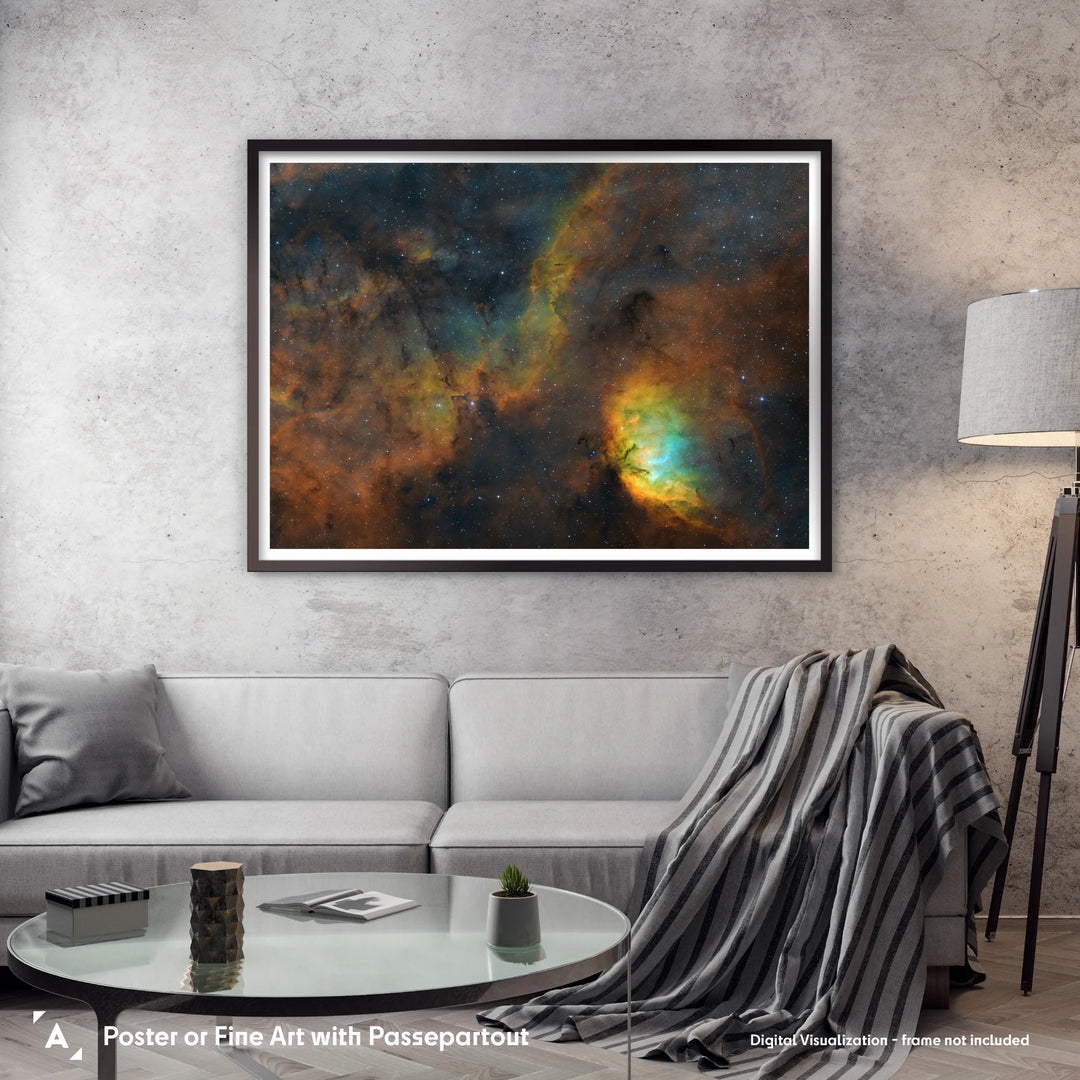
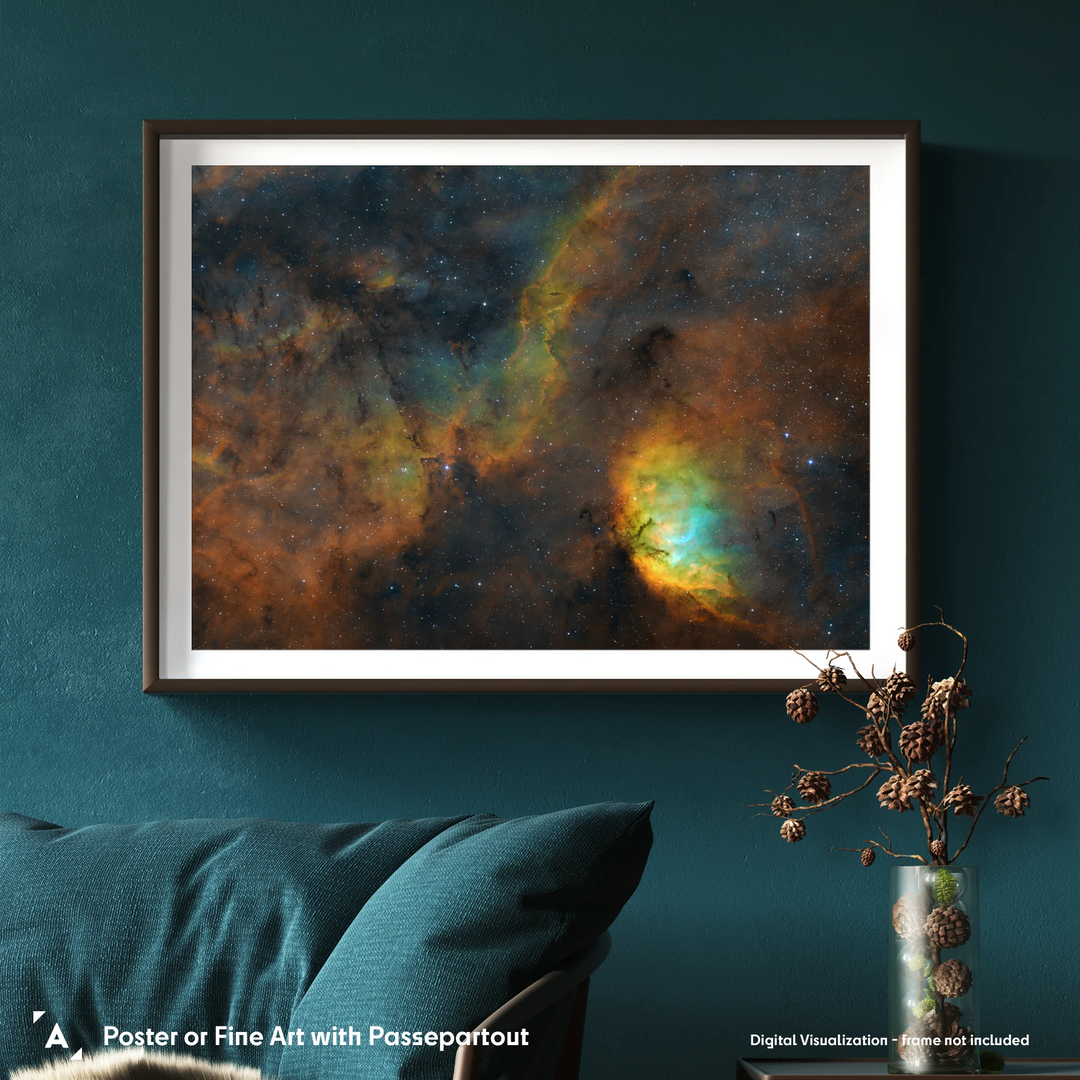
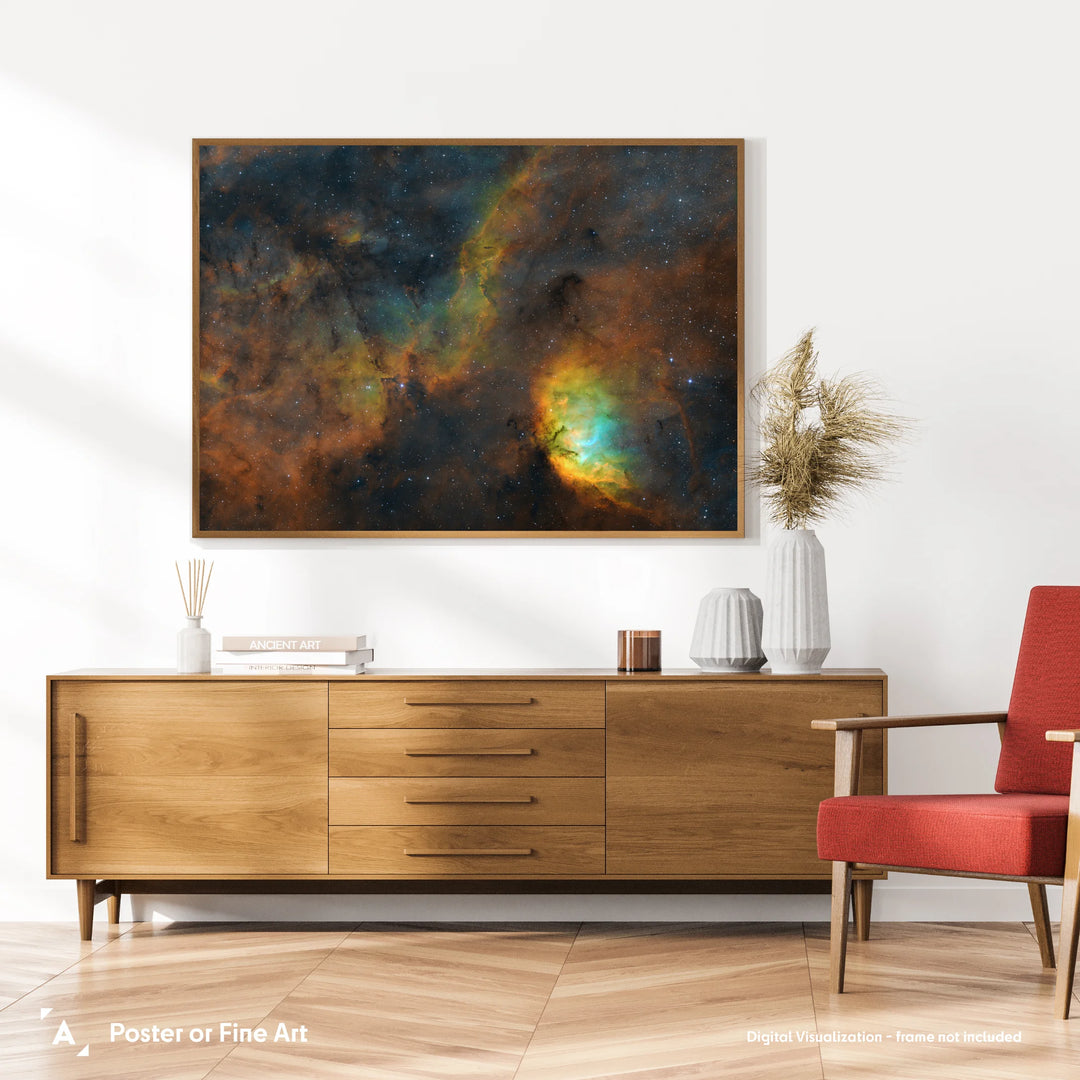
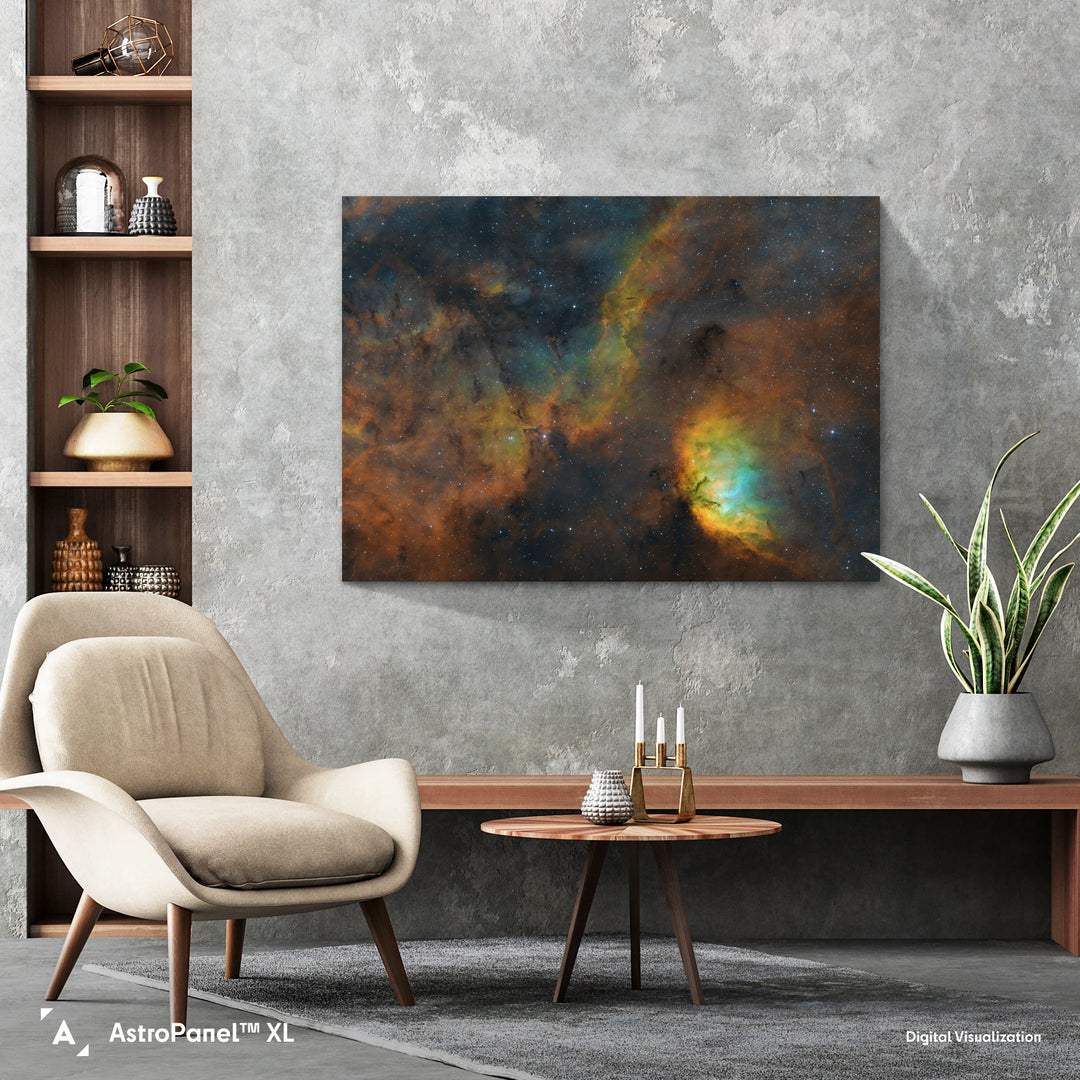
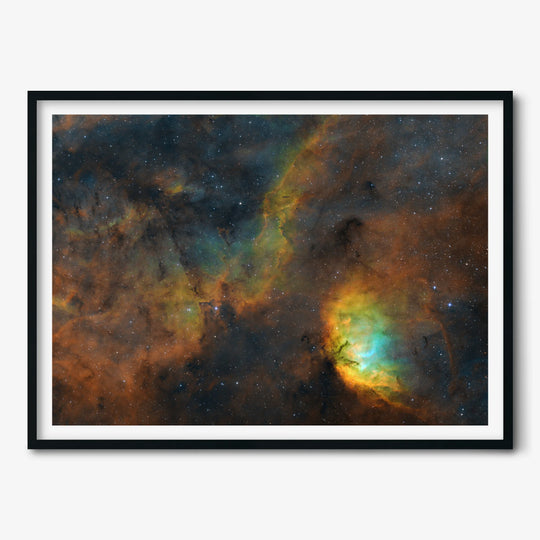

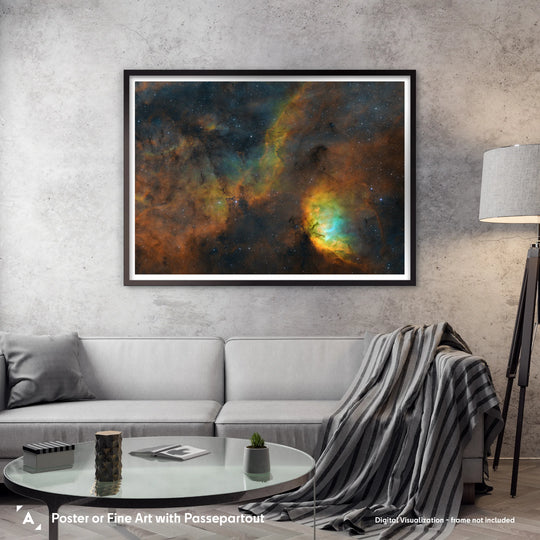
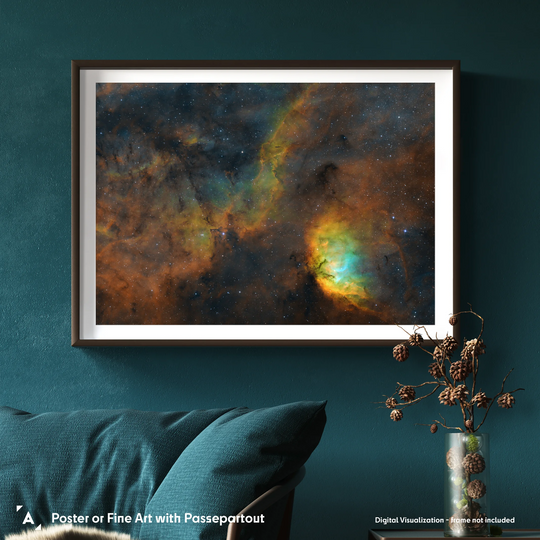
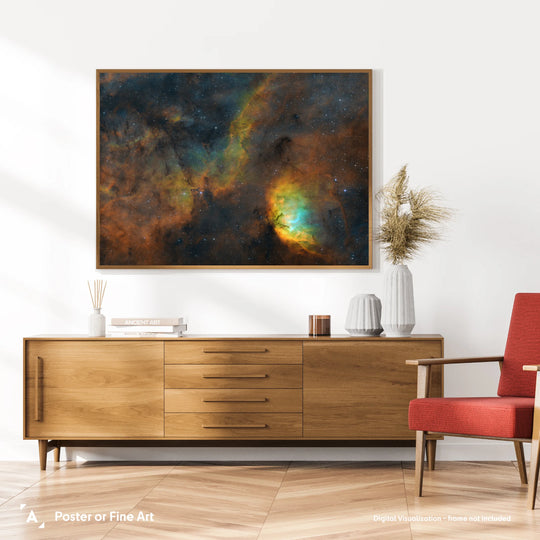






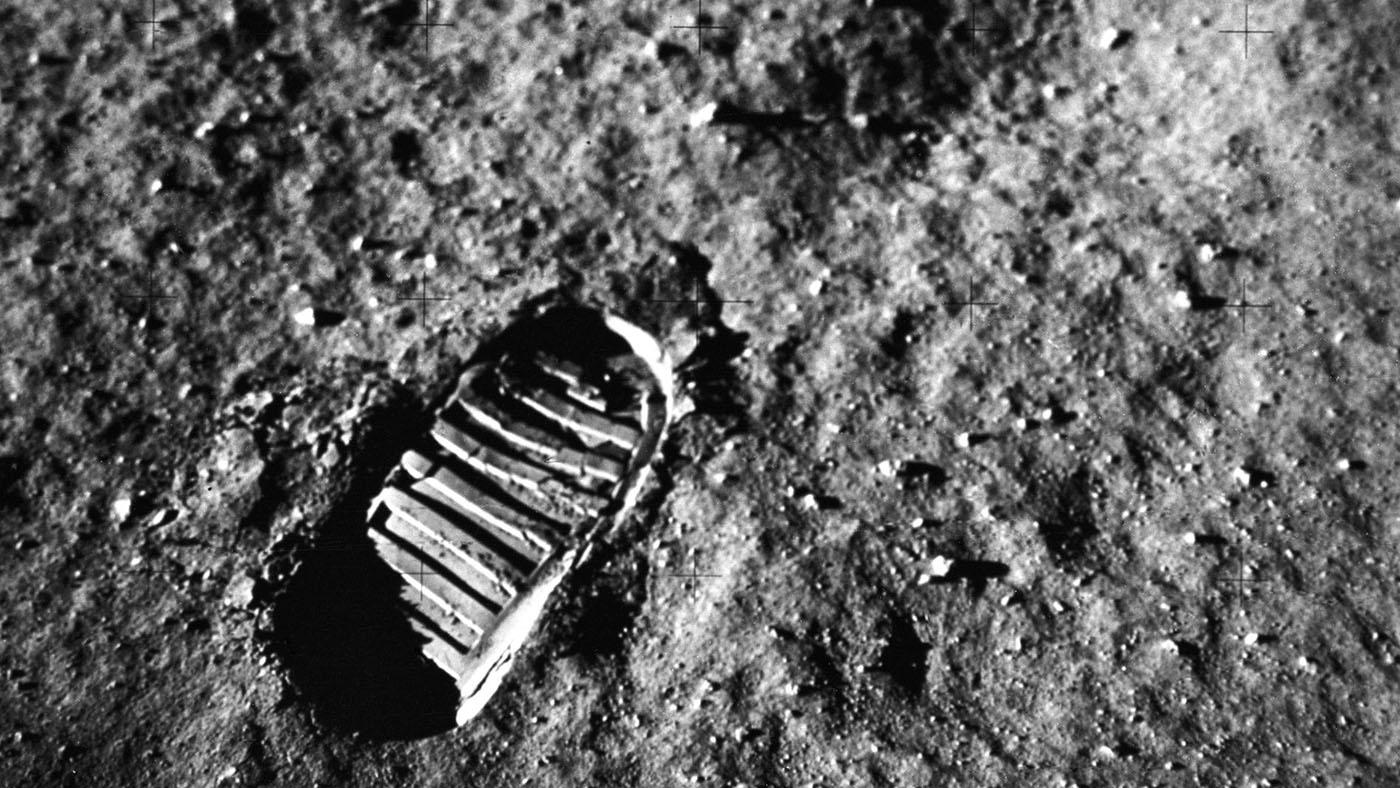
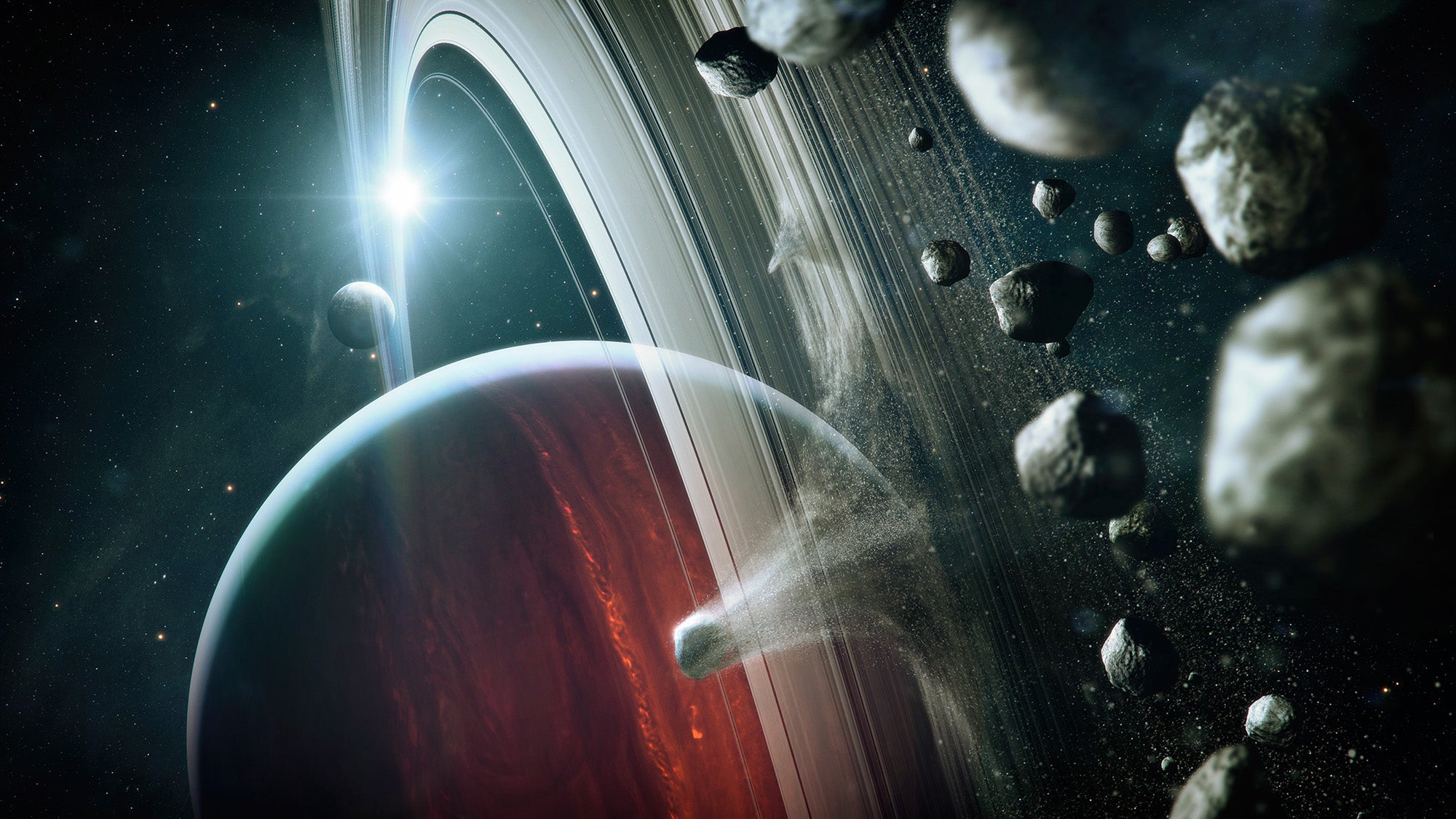
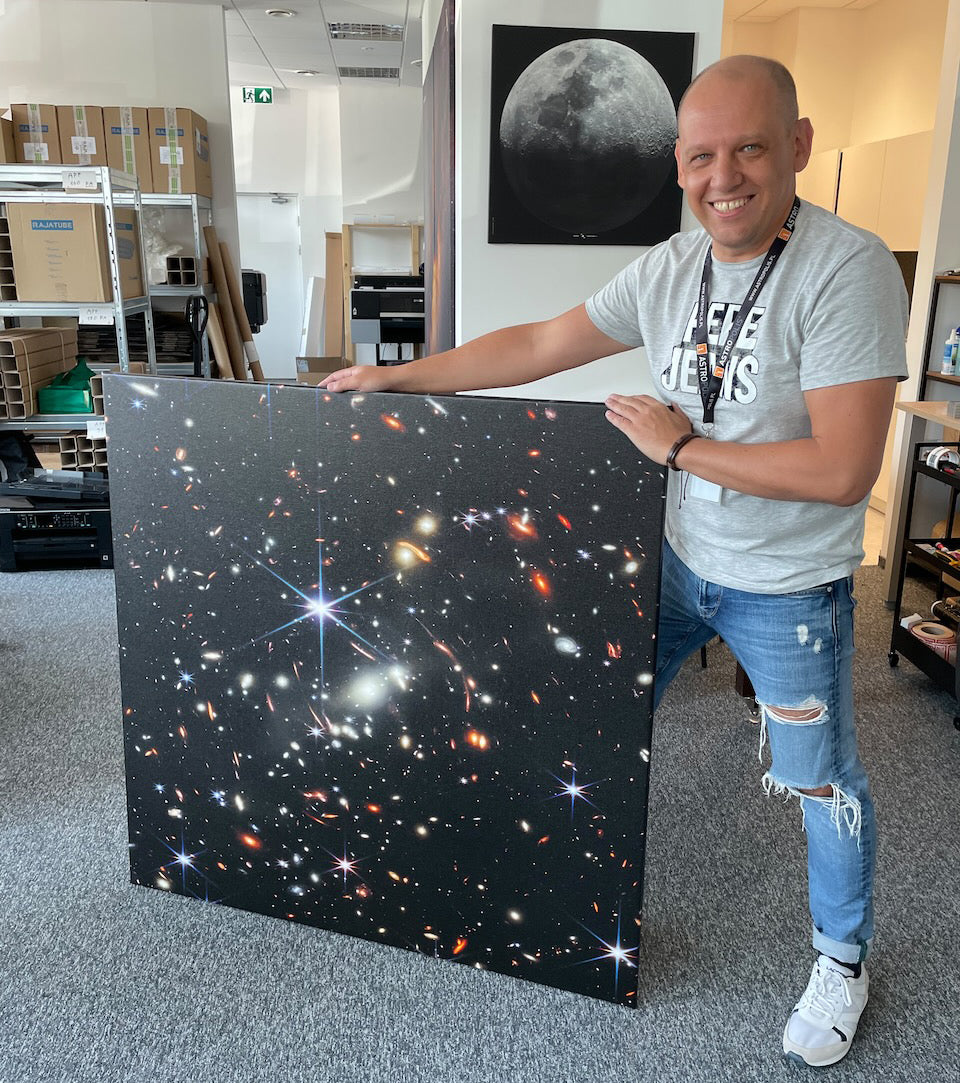
![4 Incredible Space Posters and Wall Art for Man’s Cave [Inspirations]](http://astrography.com/cdn/shop/articles/mans-cave-2-16x9-1_83814d94-574a-4782-a3a0-cf4e59620b81.webp?v=1763116144&width=1080)
